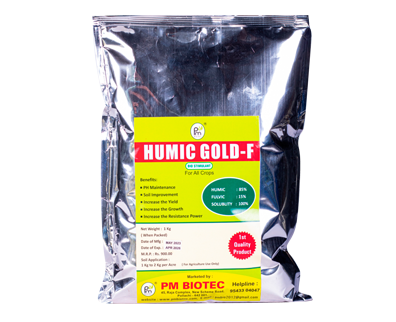Humic acid is reported to be more beneficial in soils with less than two per cent organic matter contents. Humic acid breaks up compact clay soil and ‘frees’ up nutrients, boosting water penetration and encouraging healthier root development. When it comes to sandy soil, this material aids water retention and prevents the leaching of essential plant nutrients. That’s not all humic acid can do, though. Here’s what it is truly capable of:
Boosting nutrient uptake in plants
Allowing for seedling growth in a soil-free, aquatic environment
Filtering pollutants from the water which passes through the soil
Encouraging better seed germination
Increasing drought tolerance
Bettering root vitality
Improving crop yield, plant health, and chlorophyll synthesis
Triggering favorable microbial activity in the soil
Providing rich organic substances to deficient soils Increase the plants’ ability to anti drought, frost under stressed conditions. Detoxify the herbicide and pesticide.

